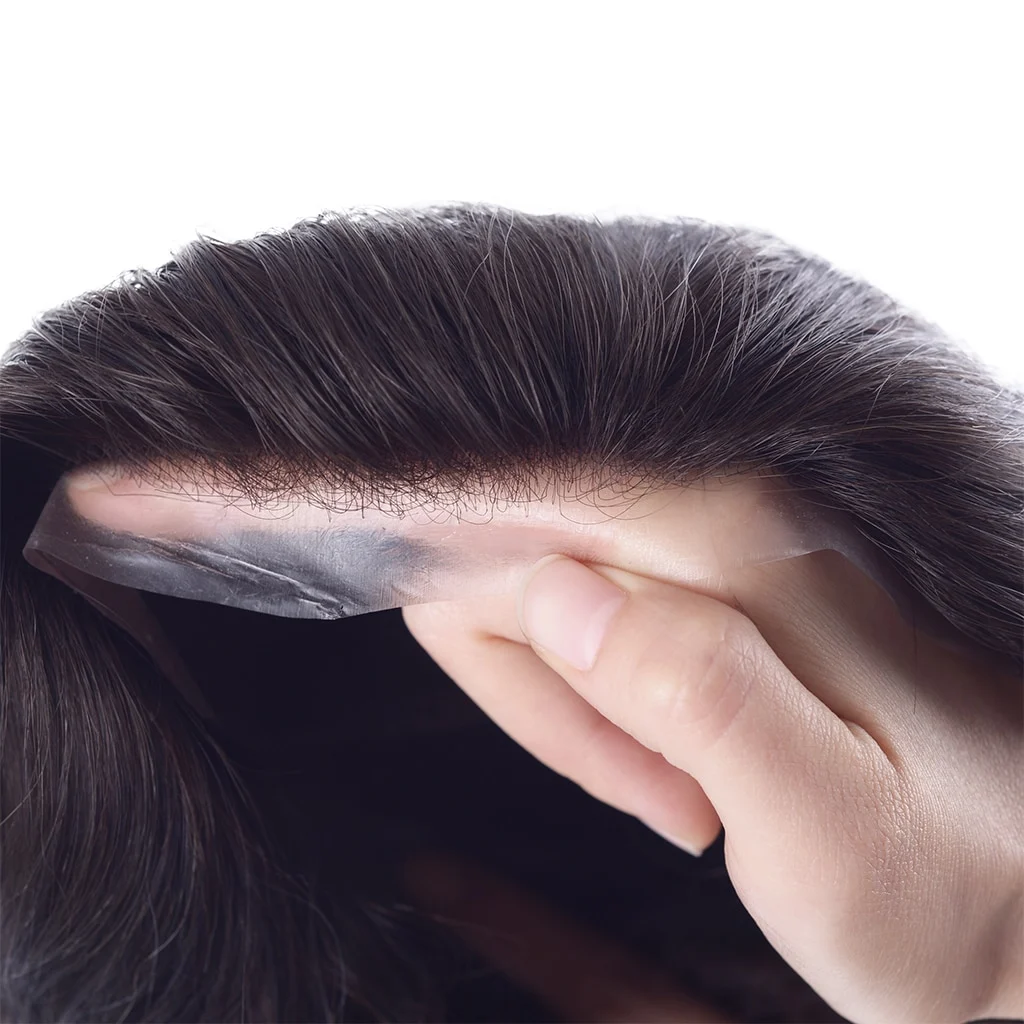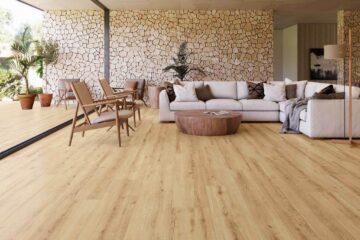The men’s hair system market has seen exponential growth over the past decade. With advancements in technology and growing acceptance, hair systems have become a popular solution for hair loss. For wholesalers, understanding the various customization options is crucial to meet the diverse needs of customers. This comprehensive guide delves into the key customization options available and offers insights on how wholesalers can leverage this knowledge to enhance their offerings.
Understanding Men’s Hair Systems
Men’s hair systems, also known as toupees, wigs, or hairpieces, are designed to cover partial or total hair loss. These systems are crafted using either synthetic fibers or natural human hair, and they come in various styles, colors, and densities. The primary goal is to provide a natural-looking solution that boosts the wearer’s confidence.
The Importance of Customization
Customization is pivotal in the hair system industry. Each customer has unique preferences and requirements, making a one-size-fits-all approach ineffective. Customization options allow wholesalers to offer products that cater to individual needs, ensuring a better fit, appearance, and overall satisfaction.
Key Customization Options for Men’s Hair Systems
1. Base Materials
The base of a hair system refers to the material to which the hair strands are attached. Different base materials offer varying levels of comfort, durability, and natural appearance. Here are the primary base materials used in men’s hair systems:
a. Lace
- Swiss Lace: Known for its lightweight and breathable nature, Swiss lace offers a very natural look. However, it is less durable compared to other materials, making it suitable for those who prioritize appearance over longevity.
- French Lace: Slightly thicker and more durable than Swiss lace, French lace still provides a natural look and is more resilient, making it a popular choice for many users.
b. Polyurethane (Skin)
- Thin Skin: Polyurethane bases, often referred to as “skin,” create a realistic scalp appearance when attached. Thin skin bases are lightweight and offer a natural look but may be less breathable.
- Thicker Skin: Provides enhanced durability compared to thin skin, making it suitable for users who need a longer-lasting solution. However, it may feel less natural and be less breathable.
c. Monofilament
Monofilament bases are durable and provide a natural appearance. They allow for good ventilation and are often combined with other materials to balance comfort and longevity.
2. Hair Types
The type of hair used in a hair system significantly impacts its appearance, feel, and maintenance requirements. The main types of hair used include:
a. Synthetic Hair
- Advantages: Synthetic hair is cost-effective, requires less maintenance, and holds its style well in various conditions.
- Disadvantages: It may not look as natural as human hair and can be less durable.
b. Human Hair
- Advantages: Human hair systems offer the most natural look and feel. They can be styled, colored, and treated like natural hair.
- Disadvantages: They require more maintenance and are generally more expensive than synthetic options.
3. Hair Density
Hair density refers to the amount of hair used in a hair system. It ranges from light to extra-heavy, and the appropriate density depends on the wearer’s age, natural hair density, and personal preference.
- Light Density: Suitable for older individuals or those with naturally fine hair.
- Medium Density: A common choice that offers a natural look for most users.
- Heavy Density: Best for younger individuals or those with naturally thick hair.
4. Hair Color and Highlights
Offering a variety of hair colors and highlights is crucial for matching the hair system to the wearer’s natural hair or desired look. Wholesalers should provide a wide range of colors, including natural shades and fashion colors. Highlights can add dimension and a more natural appearance.
5. Curl and Wave Patterns
Different curl and wave patterns cater to various ethnicities and personal styles. Options typically include:
- Straight: Sleek and easy to manage.
- Wavy: Adds volume and a natural look.
- Curly: Suitable for those with naturally curly hair or who prefer a more voluminous style.
6. Hair Length
Offering various hair lengths allows customers to choose a style that suits their preferences. Common lengths include:
- Short: Easy to maintain and style.
- Medium: Versatile and natural-looking.
- Long: Allows for more styling options but requires more maintenance.
7. Knotting Techniques
The way hair is attached to the base affects the system’s appearance and durability. Common knotting techniques include:
- Single Knot: Creates a natural look but may be less durable.
- Double Knot: More durable but may appear less natural.
- Bleached Knots: Knots are bleached to blend seamlessly with the scalp
8. Front Hairline
The front hairline is a critical aspect of a natural-looking hair system. Various techniques and designs can enhance its realism:
- Graduated Hairline: Mimics the natural progression of hair density from the forehead back, creating a more realistic look.
- Non-Graduated Hairline: Offers an even density across the front, suitable for certain styles but less natural-looking.
- Scalloped Hairline: Features a wavy edge that can make the hairline appear more natural.
9. Custom Fit
Ensuring the hair system fits perfectly is essential for comfort and natural appearance. Custom fit options include:
- Pre-Made Sizes: Available in standard sizes (small, medium, large) but may not fit all head shapes perfectly.
- Custom Measurements: Tailored to the individual’s head dimensions, providing a perfect fit and increased comfort.
10. Attachment Methods
Different attachment methods cater to various lifestyles and preferences. Common methods include:
- Adhesive Tapes: Easy to use and remove, suitable for temporary wear.
- Liquid Adhesives: Provide a secure hold for extended wear but require proper application and removal.
- Clips and Combs: Allow for easy attachment and removal, suitable for those with some natural hair.
- Integration with Existing Hair: Involves sewing the hair system into the wearer’s natural hair, offering a secure and natural look.
How Wholesalers Can Leverage Customization Options
Understanding Market Needs
Wholesalers should stay informed about market trends and customer preferences. Conducting market research and engaging with customers can provide insights into popular styles, materials, and customization needs.
Offering a Wide Range of Options
A diverse product catalog that includes various base materials, hair types, densities, colors, and attachment methods can attract a broader customer base. Wholesalers should collaborate with manufacturers to ensure they can offer customized solutions.
Providing Education and Support
Educating retailers and end-users about the benefits and maintenance of different customization options can enhance customer satisfaction. Offering training sessions, tutorials, and detailed product information can empower customers to make informed decisions.
Quality Control and Assurance
Ensuring high-quality standards is crucial for maintaining customer trust. Wholesalers should implement stringent quality control measures and work with reputable manufacturers to guarantee the reliability and durability of their products.
Building Relationships with Manufacturers
Strong partnerships with manufacturers can facilitate better customization options and quicker turnaround times. Wholesalers should seek manufacturers who are flexible and willing to innovate to meet specific customer demands.
Marketing Strategies
Effective marketing strategies can highlight the benefits of customization options. Wholesalers should use various platforms, such as social media, websites, and trade shows, to showcase their products and educate potential buyers about the customization possibilities.
Customer Feedback and Improvement
Collecting and analyzing customer feedback can help wholesalers refine their offerings. Understanding customer experiences and preferences can guide product development and customization options.
Conclusion
Customization options are a vital aspect of the men’s hair system market. Wholesalers who understand and leverage these options can better meet the diverse needs of their customers, resulting in increased satisfaction and business growth. By offering a wide range of base materials, hair types, densities, colors, and attachment methods, wholesalers can provide tailored solutions that enhance the wearer’s comfort, appearance, and confidence.
Investing in education, quality control, and strong manufacturer relationships can further enhance a wholesaler’s ability to offer high-quality, customizable hair systems. Through effective marketing strategies and customer feedback, wholesalers can continue to innovate and meet the evolving demands of the market.
In an industry where personalization is key, wholesalers equipped with comprehensive knowledge of customization options will be well-positioned to thrive and lead in the competitive landscape of men’s hair systems: https://www.bonohair.com/




